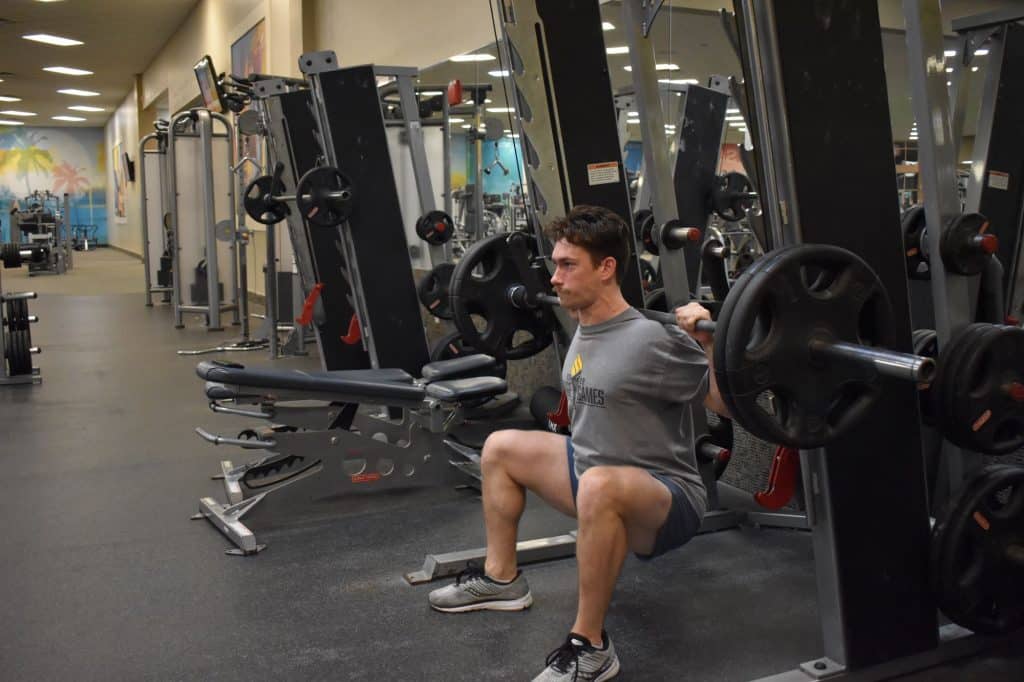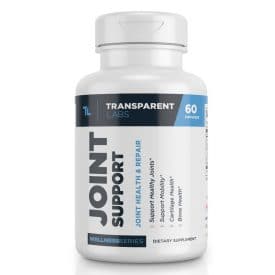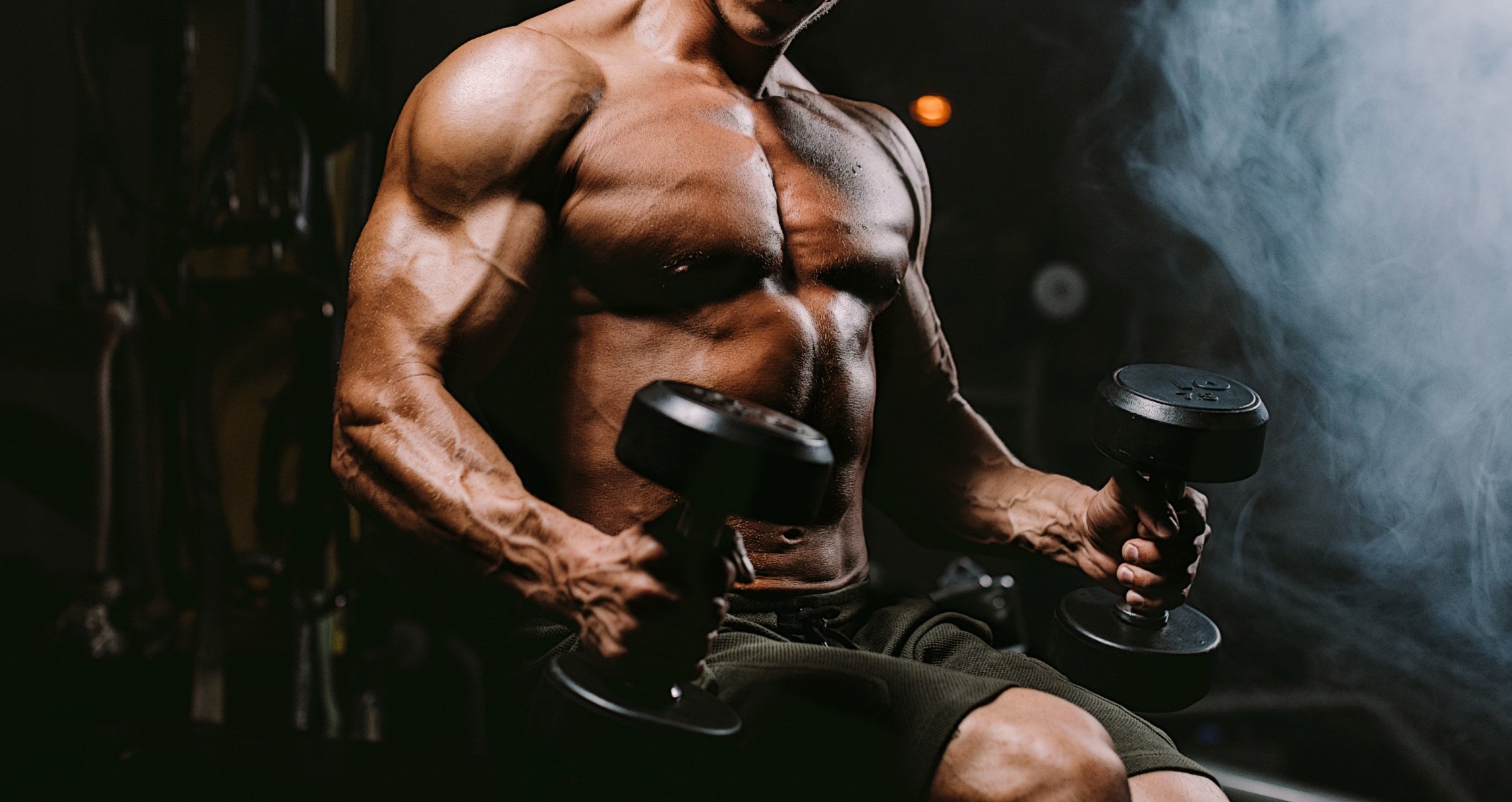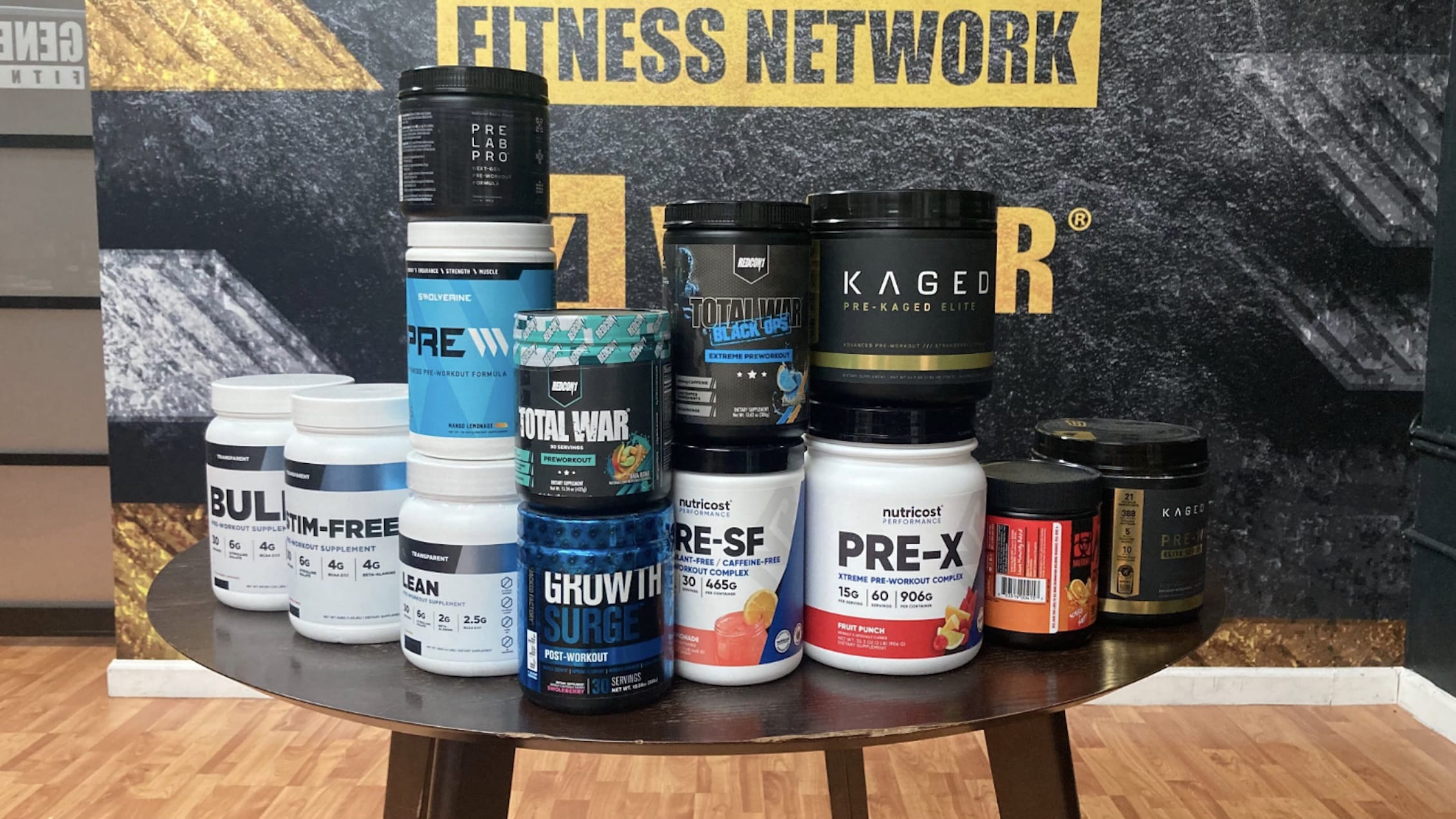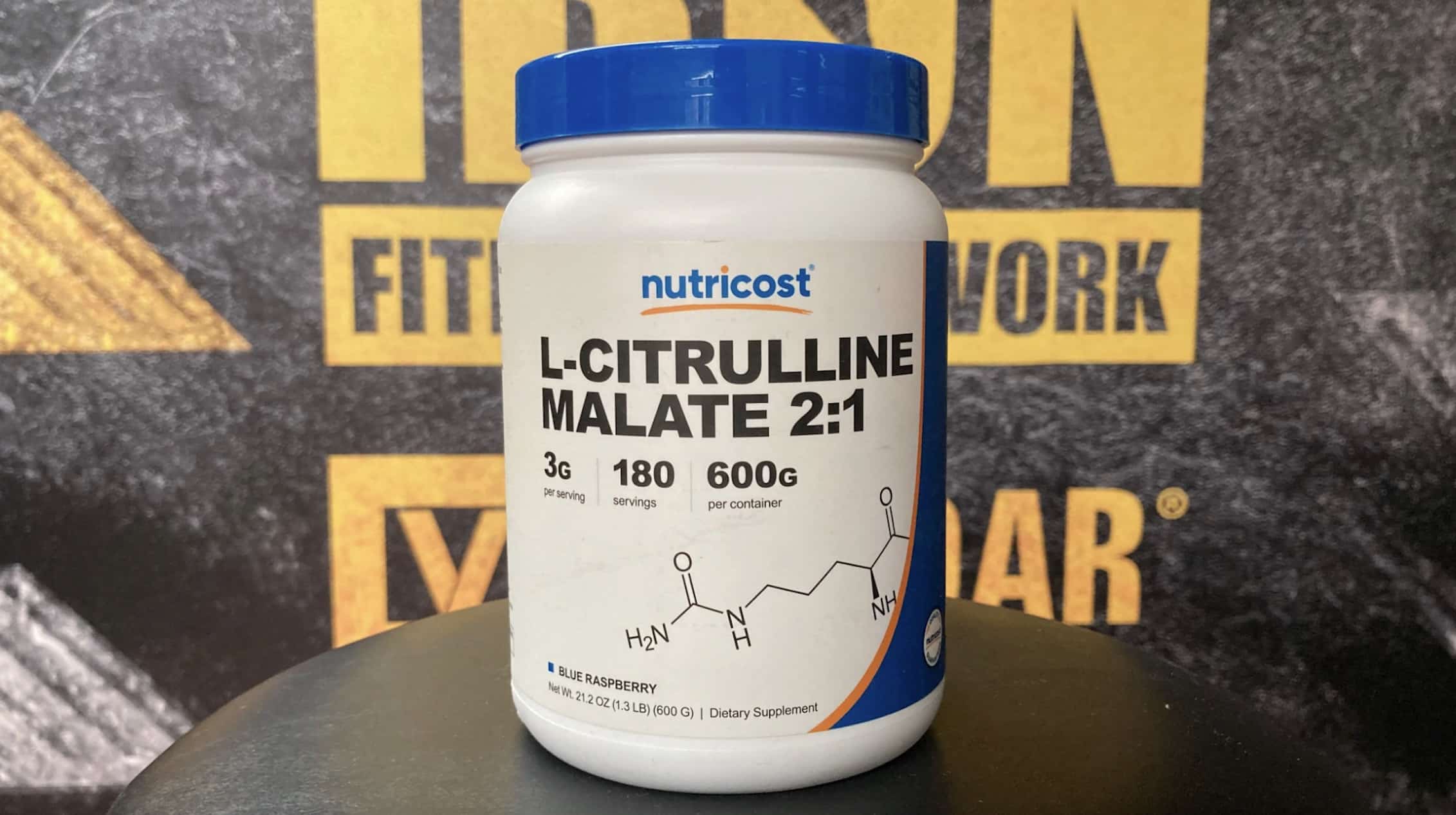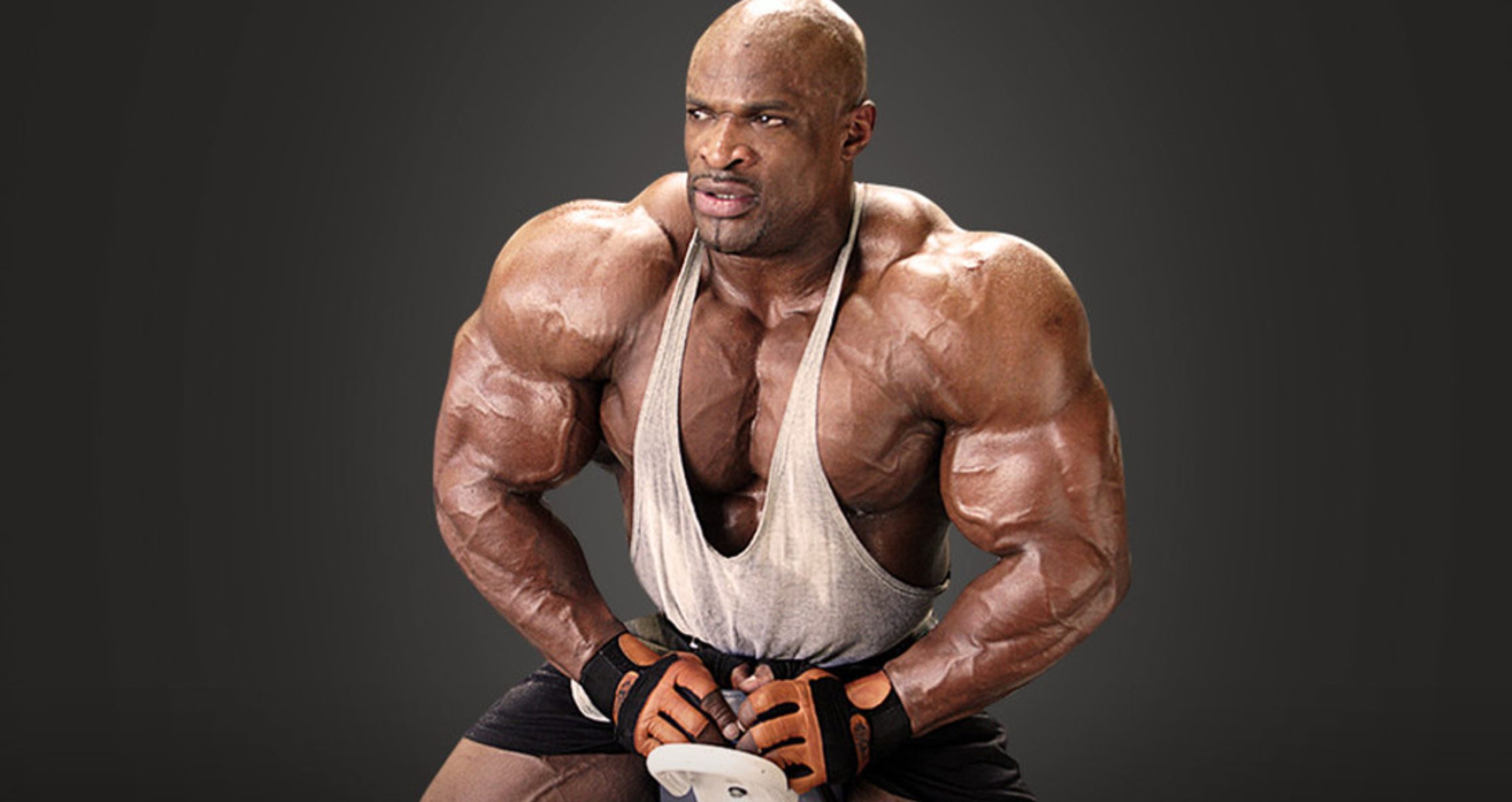Do not let tight ankles hold you back
If you’re trying to improve your performance in the gym, you’re probably focused on strength training, nutrition, and workout consistency. But there’s more to it than just protein shakes and dumbbells. One often-overlooked factor that can make or break your progress is ankle mobility.
Improving ankle mobility isn’t just for runners or athletes. It plays a major role in how effectively you squat, deadlift, jump, and even walk. Whether you’re a beginner lifter or a seasoned gym-goer, understanding the importance of ankle mobility can help you lift more, move better, and reduce your risk of injury.
Our team at Generation Iron is going to break it down.
What Is Ankle Mobility and Why Does It Matter?

Ankle mobility refers to the range of motion in your ankle joint, particularly in dorsiflexion, where your toes move up toward your shin. This small but powerful joint is the base for many compound movements, including squats, lunges, and deadlifts.
Without proper ankle mobility, your body compensates in ways that can cause poor form, reduce efficiency, and increase the likelihood of injury. For anyone serious about strength training or fitness, ankle mobility is key for gym performance and progress.
How Poor Ankle Mobility Limits Your Gains
1. Limits Squat Depth and Form
If you’ve ever struggled to hit proper squat depth or found your heels lifting off the floor, your ankle flexibility is likely holding you back. Insufficient dorsiflexion can:
- Prevent your knees from tracking over your toes
- Force your heels to rise
- Cause excessive forward lean
- Lead to hip and lower back compensation
Improving ankle mobility for squats allows you to sit deeper, keep your torso upright, and maintain a stable foot position—giving you more strength and control under the bar.
2. Impacts Deadlift Setup and Posture
Deadlifts may be hip-dominant, but stiff ankles can ruin your start position. Poor mobility may cause your shins to push forward or your back to round, making the lift unsafe and inefficient.
Better ankle mobility leads to better lifting posture, proper foot rooting, and stronger force transfer from the ground up.
3. Reduces Balance and Control in Lunges and Step-Ups
Single-leg exercises demand stability, and your ankles are the first point of contact. Limited ankle range reduces your balance, making you wobble or compensate with your knees and hips.
Training ankle mobility can lead to improved joint stability, balance, and proprioception, which is essential for exercises like Bulgarian split squats, lunges, and step-ups.
4. Increases Injury Risk
When ankles don’t move properly, other joints suffer the consequences. Poor ankle mobility is often linked to:
- Knee pain
- Plantar fasciitis
- Achilles tendonitis
- Shin splints
- Lower back discomfort
Addressing ankle mobility helps prevent injuries, letting you stay consistent in your workouts and make steady gains.
How to Test Your Ankle Mobility
The knee-to-wall test is a quick way to assess your ankle range:
- Kneel or stand facing a wall with one foot 4–5 inches away.
- Try to touch your knee to the wall without lifting your heel.
- If you can’t, or your heel rises, you likely need to improve ankle mobility.
Testing helps identify imbalances and limitations that may be affecting your gym progress.
Best Exercises to Improve Ankle Mobility

If you’re serious about improving your gym performance, here’s how to improve ankle mobility effectively:
1. Foam Rolling for Calves and Achilles
- Use a foam roller or massage ball to release tension in the calves.
- Spend 1–2 minutes per side pre- or post-workout.
2. Ankle Dorsiflexion Drills
- Knee-over-toe rocks: While in a lunge, drive your front knee over your toes without lifting the heel.
- Wall ankle mobilizations: Repeated knee-to-wall touches to increase range gradually.
3. Resistance Band Distraction
- Loop a resistance band around your ankle and attach it to a sturdy post behind you.
- Rock forward slowly, allowing the band to pull the ankle joint into better alignment.
4. Calf and Soleus Stretching
- Straight-leg stretches target the gastrocnemius.
- Bent-knee stretches target the deeper soleus muscle.
5. Barefoot or Minimalist Shoe Training
Training without restrictive shoes allows the feet and ankles to move naturally, strengthening stabilizing muscles.
Integrate Ankle Mobility Into Your Routine
You don’t need to spend hours every day improving ankle mobility. Just 5–10 minutes in your warm-up or cool-down can make a noticeable difference. Add mobility drills on squat days, leg days, or anytime you notice tightness.
Long-Term Benefits of Better Ankle Mobility
Improving ankle mobility offers more than just flexibility. It gives you:
- Deeper, stronger squats
- Safer deadlifts
- Better posture and movement mechanics
- Enhanced athletic performance
- Reduced injury risk
- Faster strength and muscle gains
The key to unlocking better lifts might not be more weight or more sets—it might be better movement. And it starts from the ground up.
The Best Joint Supplement for Ankle Mobility
Training for ankle mobility is definitely crucial, but having a good joint supplement to help out is also highly beneficial.
Transparent Labs WellnessSeries Joint Support is perfect for promoting joint integrity, fighting oxidative stress, and decreasing inflammation with well-researched ingredients and a transparent label.
Transparent Labs WellnessSeries Joint Support is formulated without any artificial sweeteners, colors, or preservatives, ensuring a clean, high-quality product. Developed by Transparent Labs, this advanced joint supplement features five clinically studied ingredients in patented, research-backed doses. Designed to support joint integrity, reduce inflammation, and combat oxidative stress, it helps keep you moving comfortably and efficiently.
Price: $49.00
Conclusion: Don’t Let Tight Ankles Hold You Back
If you’re frustrated with stalled progress in the gym, poor form, or nagging injuries, take a look at your ankles. Ankle mobility for lifting is one of the most underrated tools for improving performance and staying injury-free.
By incorporating targeted mobility work into your training, you’ll lift better, move more naturally, and unlock real progress. It’s not just about being flexible—it’s about being powerful, efficient, and strong where it counts.
Let us know what you think in the comments below. Also, be sure to follow Generation Iron on Facebook, Twitter, and Instagram.
